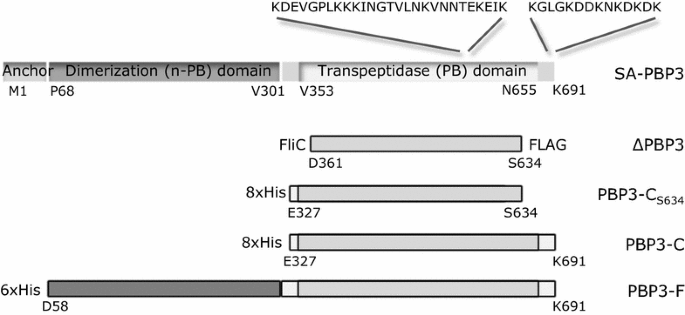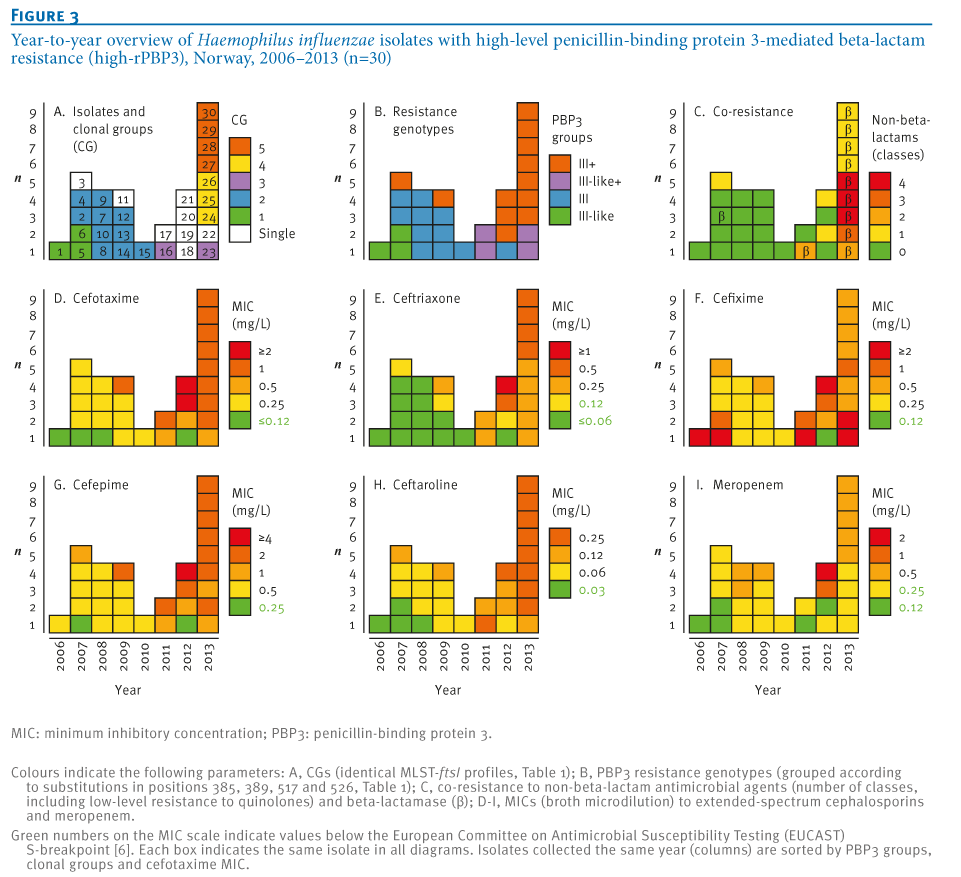

Takahisa Miyamoto, Md Abu Sayed, Ryo Sasahara, Kouji Sukimoto, Akiko Umezaki, Ken-ichi Honjoh, Masayaoshi Iio, Shoji Hatano. The impact of these results upon the testing of beta-lactam sensitivity of E. Cloning and overexpression of Bacillus cereus penicillin-binding protein 3 gene in Escherichia coli. coli K-12 induced by PBP3-specific beta-lactams. This latter finding was confirmed by observing the lytic effect of a sub-inhibitory concentration of cefsulodin on filaments of E. Furthermore, filament formation is accompanied by disruption of outer membrane barrier function, as witnessed by the rapid leakage of periplasmic beta-lactamase. bacterial and bacteriophage genes of unknown function (Bass et al., 1996). coli K-12, even though the turbidimetric response of the bacteria in broth culture suggests bacteriostasis. MukB is a myosin-like protein that may play a role in chromosome segregation. Our results indicate that the singular inhibition of PBP3 is bactericidal in E. coli K-12 upon growth, viability and outer membrane integrity. These strains have been used to study the consequences of the specific inhibition of PBP3 of E. coli C600 grew as rods at 30 degrees C but were converted to filaments at 42 degrees C upon denaturation of PBP3 and concomitant cessation of cell division. This mutant, and leu+ pbpB co-transductants of E. The mutant phenotype was due to a lesion in the pbpB gene. The produced protein migrated at about 75 kDa in SDS-polyacrylamide gel and strongly reacted with biotinylated ampicillin.A temperature-conditional, cell-division mutant of Escherichia coli K-12 possessing a thermolabile penicillin-binding protein (PBP) 3 was isolated. Strains Search, Search strains by gene name: ftsI Search strains by all related name: ftsI b0084 ECK0085 JW0082 pbpB sep.

A protein was produced by the cells of E.

The pbp3 structural gene was ligated into the pET17×b expression vector and pET-pbp3 was constructed. The active site-motifs SXXK, SXN, and KTG are present at the positions 393, 452, and 590, respectively, in the deduced amino acid sequence. cereus ts-4 pbp3 gene consisted of an open reading frame of 1,986 bp encoding 662 amino acid residues with a calculated molecular mass of 73,044 Da. cereus ts-4, and N-terminal amino acid sequences of the peptides obtained from the protease digests of the protein were analyzed. cereus ts-4 pbp3 gene consisted of an open reading frame of 1,986 bp encoding 662 amino acid residues with a calculated molecular mass of 73,044 Da. For this purpose, PBP3 was first purified from B. monocytogenes PBPs have demonstrated that inactivation of lmo1438 does not. However, studies examining the effects of mutations in genes encoding known and putative L. cereus ts-4, and N-terminal amino acid sequences of the peptides obtained from the protease digests of the protein were analyzed. The gene encoding PBP3 has not yet been directly identified in this gram-positive bacterium, but based on in silico analysis, this protein is likely to be encoded by lmo1438. For this purpose, PBP3 was first purified from B. 44-50 ISSN: 1347-6947 Subject: Bacillus cereus, Escherichia coli, amino acid sequences, amino acids, ampicillin, biotechnology, genetic vectors, molecular weight, peptides, polyacrylamide gel electrophoresis, proteinases, structural genes Abstract: The pbp3 gene encoding PBP3 of Bacillus cereus was cloned and sequenced. Abu SAYED, Ryo SASAHARA, Kouji SUKIMOTO, Akiko UMEZAKI, Ken-ichi HONJOH, Masayaoshi IIO, Shoji HATANO Source: Bioscience, biotechnology, and biochemistry 2002 v.66 no.1 pp.

Cloning and Overexpression of Bacillus cereus Penicillin-binding Protein 3 gene in Escherichia coli Author: Takahisa MIYAMOTO, Md.


 0 kommentar(er)
0 kommentar(er)
